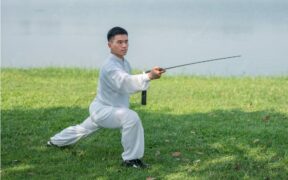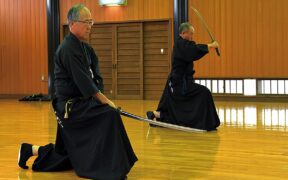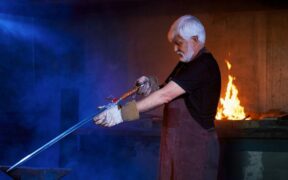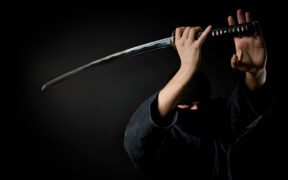Our content features commercial links to our products, committed to transparent, unbiased, and informed editorial recommendations. Learn More
The Art of the Aikido Sword: Balance, Harmony, and Defense
NO AI USED This Article has been written and edited by our team with no help of the AI
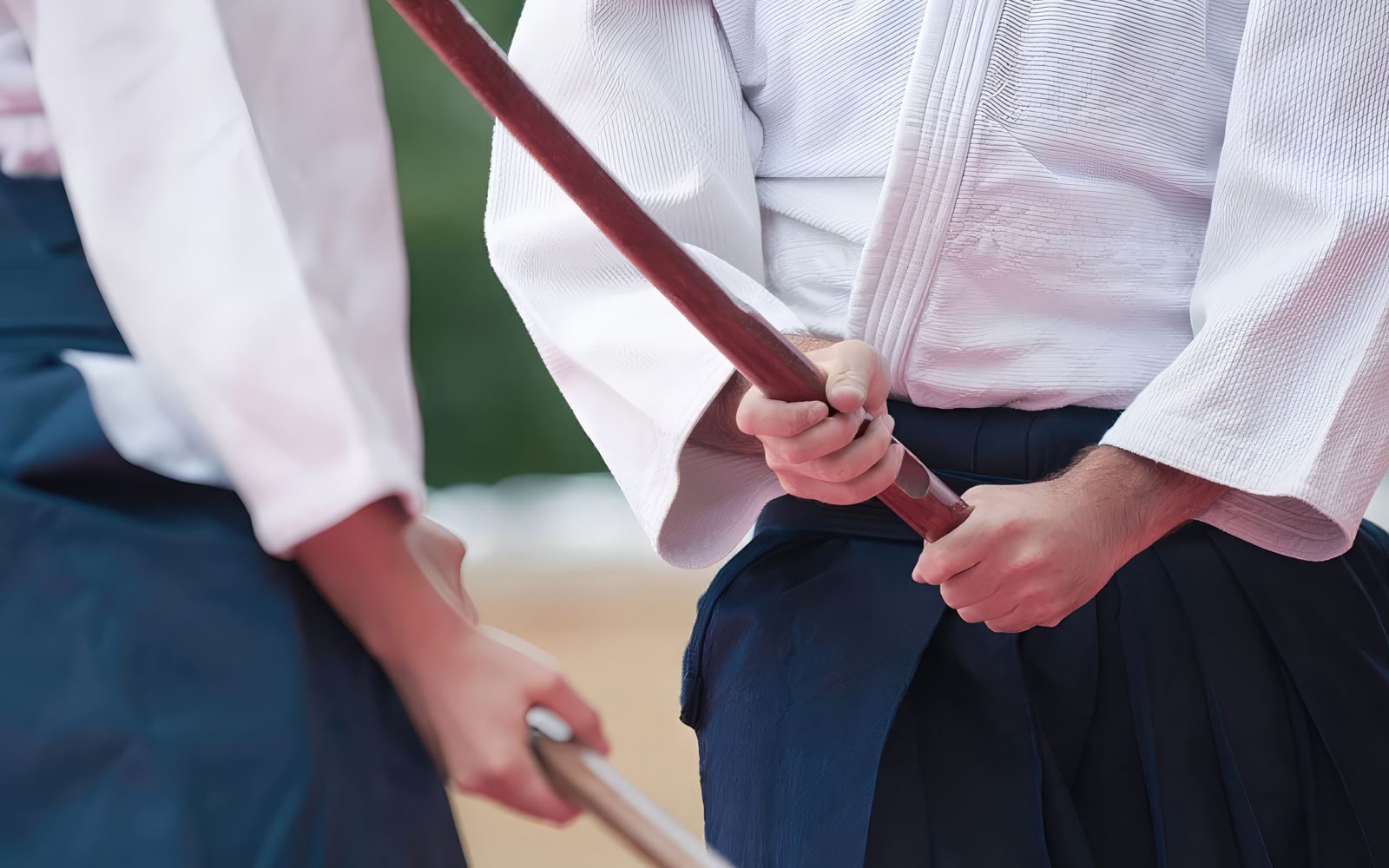
Aikido is one of the most interesting and popular Japanese martial arts in the modern world. Based on fluidity and strength, Aikido moves work with the harmony of one’s mind, similar to Karate. However, there are few who understand the importance of the weapons used in Aikido. For example, the Aikido Sword is more than just a weapon for hacking and slashing.
In this article, we explore the benefits of training with a sword in the arts of Aikido, the basic terms, and delving deeper into its practices.
What is Aikido and Aiki-Ken?
Aikido, which means “the way of harmony with the spirit,” was created by Morihei Ueshiba in the beginning of the 20th century. Known all over the world for its focus on blending with and shifting an opponent’s energy to stop or win a fight, this Japanese martial art highlights the philosophical approach to life. The goal of Aikido is to strengthen one’s mind, improving one’s ability to better deal with aggression.
One of the most interesting parts of Aikido is Aiki-Ken (Aikido sword). Aiki-ken is a style of Aikido that uses swords which blend moves with and without weapons. It was started by Ueshiba and later developed by his student Morihiro Saito.
Aiki-ken has its own methods, but most of its ideas come from Kashima Shint-ryu and other Kenjutsu sword fighting styles. The Aikido Sword, also called the Bokken, is a wooden training sword that is used with standard Aikido moves and a staff (Aiki-Jo), resulting in a unique mix of weapons and hand-to-hand fighting.
The Aikido Sword – Bokken
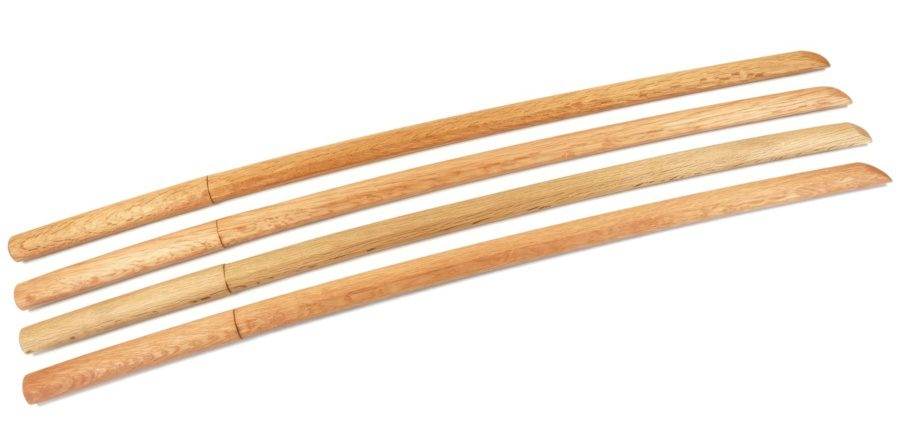
The Bokken is a Katana-style wooden sword that is very important in Aikido as it shows how the art focuses on intention and precision. When using Aiki-ken, the aim of the blade’s movement is to cut through an object instead of just hitting it. Often used with Aikido’s wrestling moves, practicing with the Bokken makes for a more well-rounded and complete martial arts experience, resulting in the student to be more focused and disciplined.
Besides the Bokken, there are more wooden Aikido weapons used in Aikido training such as the Shinai. However, this depends on the sensei. However, the length of these wooden samurai swords varies and depends on the experience of the practitioner, such as for Aikido beginners or veterans.
Aikido Sword Practice
Aiki-ken differs from other martial arts that utilizes swords as it is less about fighting and more about perfecting one’s Aikido technique. It is an art where practitioners apply Aikido principles in different situations. Saito put together two sets of techniques for the practice: seven single exercises and five or six forms performed with a partner. Some practitioners also do “jiyu-waza”, freestyle moves using the Aikido Sword that encourages quick and flexible reactions.
Suburi (素振り)
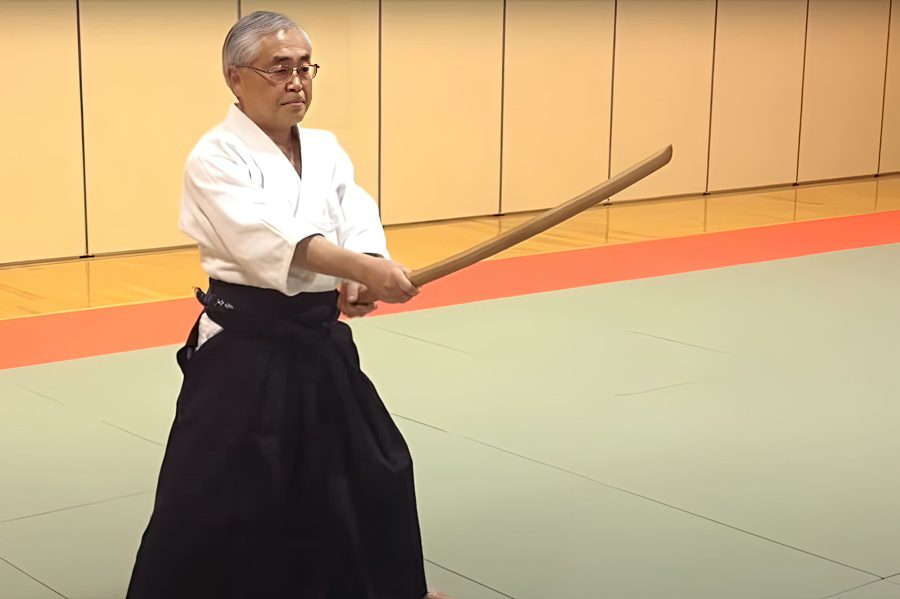
In the world of Aiki-ken, “suburi” refers to essential solo moves which allow practitioners to train on their own. Created by Morihiro Saito, each of these seven sub-styles reflects the form and function of the wooden weapons.
- Ichi No – basic vertical cuts
- Ni No – a Kendo Jodan No Kamae posture (blade held over the head) with a downward vertical cut
- San No – Waki Gamae (blade held under the waist) with an upward vertical cut
- Yon No – stepping forward with a downward cut
- Go No – stepping forward in guard with a 70-degree downward cut
- Roku No – stepping forward with a downward cut, doing a shuffle and ending with a thrust
- Shichi No – stepping forward in guard with a 70-degree downward cut and ending with a thrust
Through Suburi training, an Aikido student can improve their skills without the help of a partner. This practice isn’t just about learning how to physically handle a sword; it’s also a mental workout, allowing practitioners to develop a sharper and more focused mind, just like a disciplined samurai. It’s a big part of Aikido training because it helps bridge the gap between physical skill and mental strength.
Kumitachi (組太刀)
Kumitachi, the practice of forms with a partner using Aiki-ken, is an important part of Saito’s program and includes five or six different forms. This term, which translates to “paired sword practice,” helps one to acquire important skills like take alternate control of the center training line, dodge attacks, and harmonize with an opponent.
- Ichi No Tachi
- Ni No Tachi
- San No Tachi
- Yon No Tachi
- Go No Tachi
- Kimusubi No Tachi
Kumitachi is more than just learning how to use a sword for sparring. It also creates unity between students by giving them a way to get involved with the main idea of Aikido. This practice helps people understand their opponent’s energy better, giving them a sense of synchronicity and connection that goes beyond the dojo.
There are also versions called Henka that are made up on the spot based on the need and the circumstances of the practitioners. This style can be used with different Japanese Swords such as the Wakizashi, Tanto, and perhaps even the Naginata. Henka teaches one to be flexible and think on their feet, important skills not only in battle, but also in everyday life.
Why Practice with the Aikido Sword?
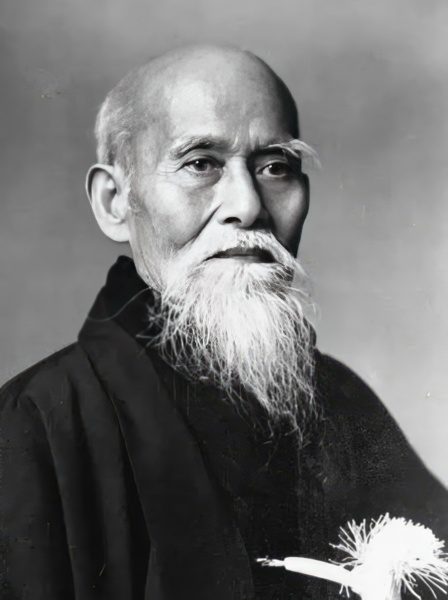
Aikido sword practice is not dangerous at all, in fact, it is quite the contrary. This art form is similar to the Iaido in terms of being a self-defense training method by using “Kata” blade motions. There are plenty of reasons one would study the art of the Aikido Sword. Here are some of the most important ones:
- Stress Reduction – The smooth, focused, and fluid movements can help you feel less stressed and more at peace.
- Physical Fitness – Improves heart health, power, mobility, and coordination.
- Self-Defense – Learning how to use the Aikido Sword well can give you useful skills for self-defense.
- Mental Discipline – Training makes you more focused, disciplined, and determined.
- Social Interaction – Interacting with like-minded individuals allows you to become part of a harmonized community.
- Tradition – Although the Japanese samurai did not use Aikido training, it is still a direct link to the samurai’s history and rich traditions.
- Emotional Balance and Confidence – Encourages inner harmony and mental stability as learning new skills and defense techniques can boost self-esteem.
